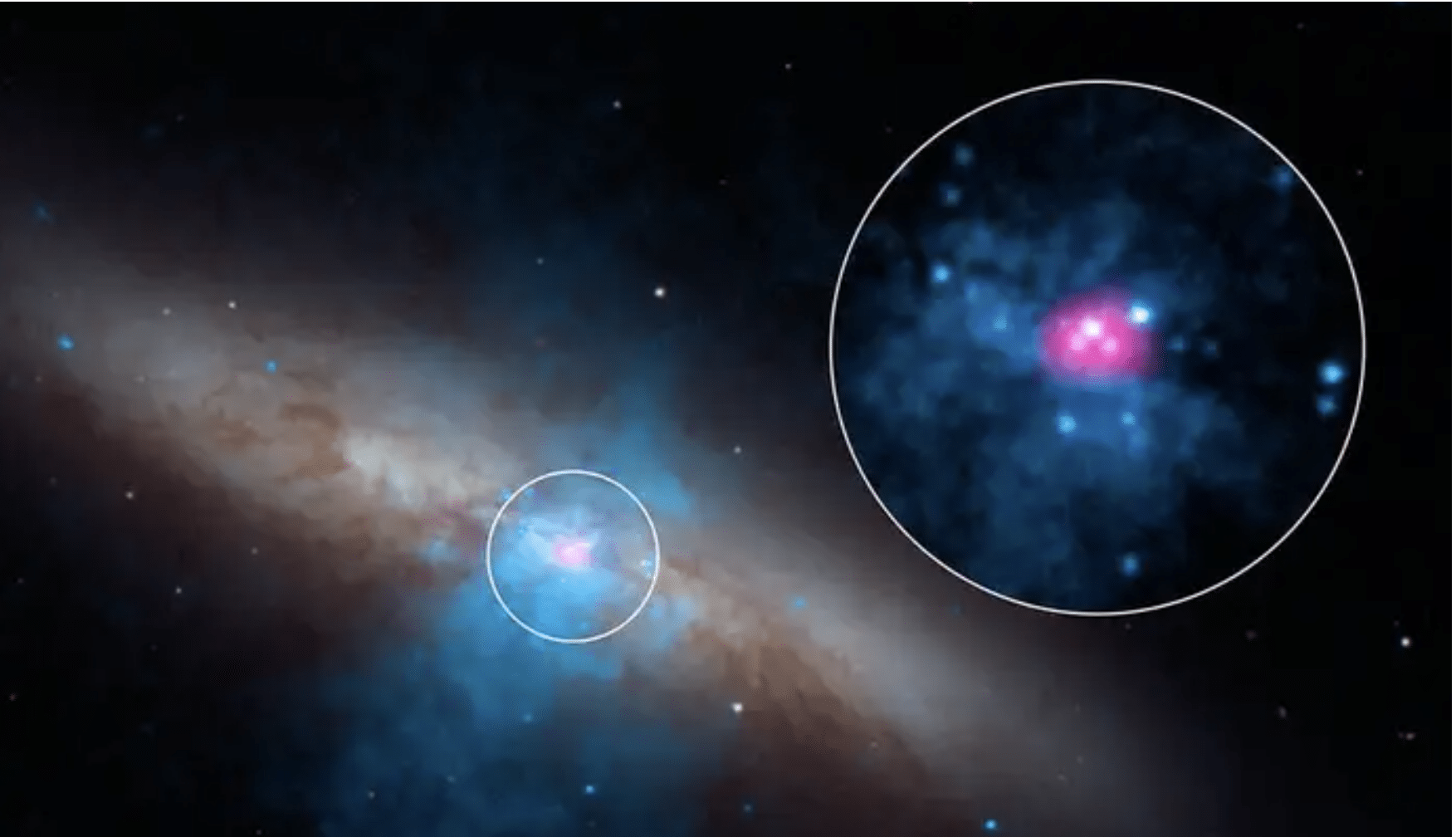NASA has been tracking so-called ultraluminous X-ray sources, objects that can be 10 million times as bright as the sun, to understand how they work. These objects are impossible in theory because they break the Eddington limit, a rule of astrophysics that dictates an object can be only so bright before it breaks apart.
According to Insider, A new study categorically confirms that M82 X-2, a ULX 12 million light-years away, is as bright as previous observation suggested. But the question remains: How can it exist?
The principle behind Arthur Eddington’s rule is simple. Brightness on this scale comes only from material — like stardust of remnants of disintegrating planets — that falls inward toward a massive object, such as a black hole or a dead star.
As it’s pulled by the object’s intense gravity, the material heats up and radiates light. The more matter that falls toward the object, the brighter it is. But there’s a catch.
At a certain point, so much matter is being pulled in that the radiation it’s emitting should be able to overwhelm the power of the gravity from the massive object. That means at some point, the radiation from the matter should push it away, and it should stop falling in. But if it’s not falling in, the matter shouldn’t be radiating, which means the object shouldn’t be that bright. Hence the Eddington limit.
Because of the Eddington limit, scientists have questioned whether the ULX’s brightness was indeed caused by enormous amounts of material falling into it. One theory, for instance, is that strong cosmic winds concentrated all the material into a cone.
In this theory, the cone would be pointed toward Earth, which would create a beam of light that would look much brighter to us than if the material was scattered evenly around the ULX. But a new study looking at M82 X-2, a ULX caused by a pulsating neutron star in the Messier 82 galaxy, put the cone theory to rest.










